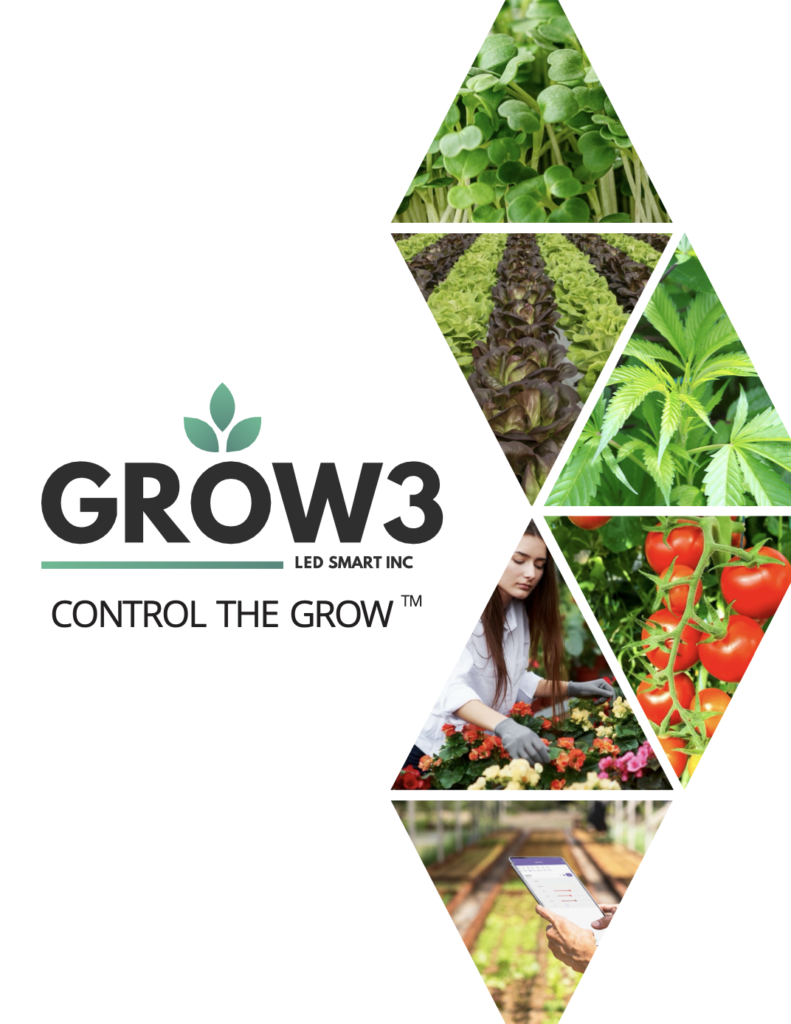WE ARE INNOVATIVE
- Home
- Products
- Application
- SmarTune™
- Resources
Grow3
CONTROL THE GROWTH
Nothing feels better than getting the results you were after.

- About Us
- Contact Us
Grow3
Nothing feels better than getting the results you were after.


Just as they sound, efficiency and efficacy are very much related terms. In LED grow lighting, “efficiency” measures how much power a light fixture can output per input power it receives (measured in watts). Efficacy, however, measures how many photons a light emits per input watt. Efficient plant growth is determined by the number of photons received, not by how “powerful” the light is in watts. Because of this, efficacy is the more relevant measurement in the indoor horticulture grow light industry. Knowing the efficacy is essential when you buy LED grow lights, as it is the best way to compare the energy efficiency of grow lights.
How Efficacy is Measured
Efficacy defines a grow light’s ability to convert power (watts) into Photosynthetic Active Radiation (PAR) that crops can use. Essentially, how effectively a light fixture converts electricity into light which is used for photosynthesis. Today efficacy of an LED grow light is measured using photosynthetic photon efficacy (PPE). PPE describes how much light a grow light produces from its input power. The metric used to measure PPE is micromoles (umol) per second per watt – which simplifies to μmol/J since a watt is a joule per second. Like miles per gallon (MPG) for an automobile, PPE is a general rating and may not represent actual results with equipment in the field.
Attention all horticulture enthusiasts and professional growers! Are you ready to take your grow lights to the next level? We are thrilled to announce an exclusive offer that you won't want…
Boosting Dairy Cow Health and Milk Production with Proper Lighting Proper lighting is essential for the health and productivity of dairy cows. Understading how lighting influences various aspects of cow welfare…
Lighting significantly influences livestock behavior and growth. Adopting LED lighting in animal farming is transformative, providing numerous benefits.